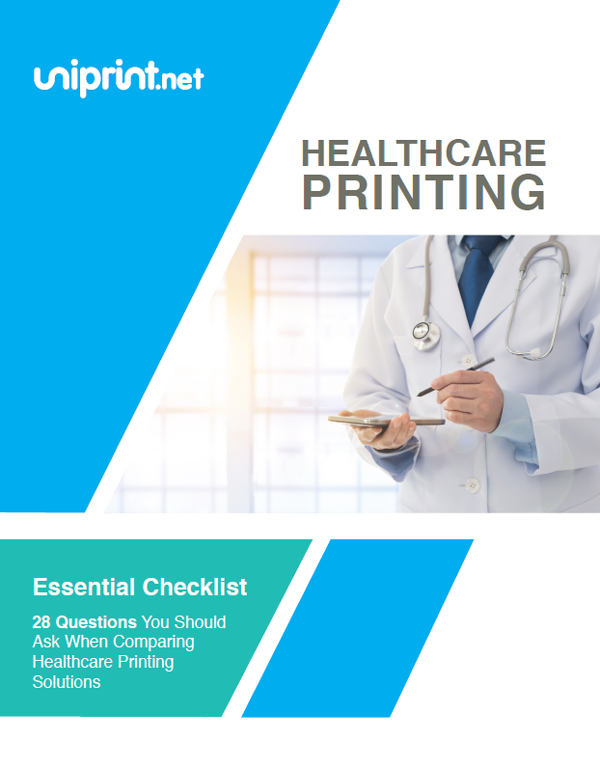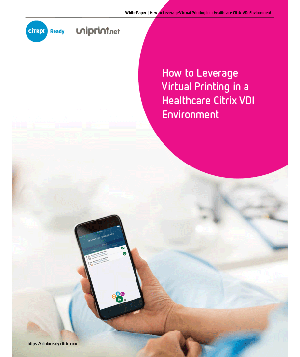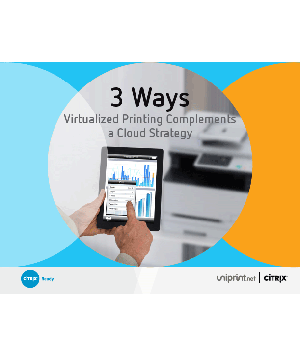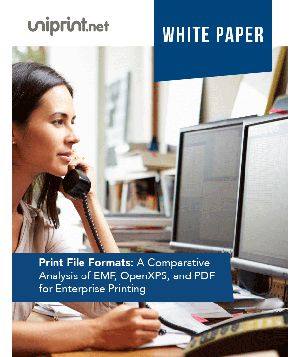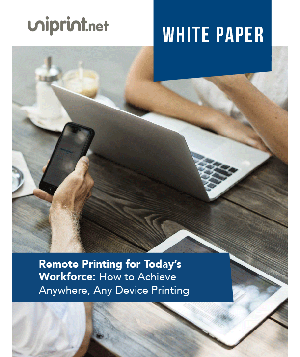3 Steps for Auditing a Cloud Service Provider
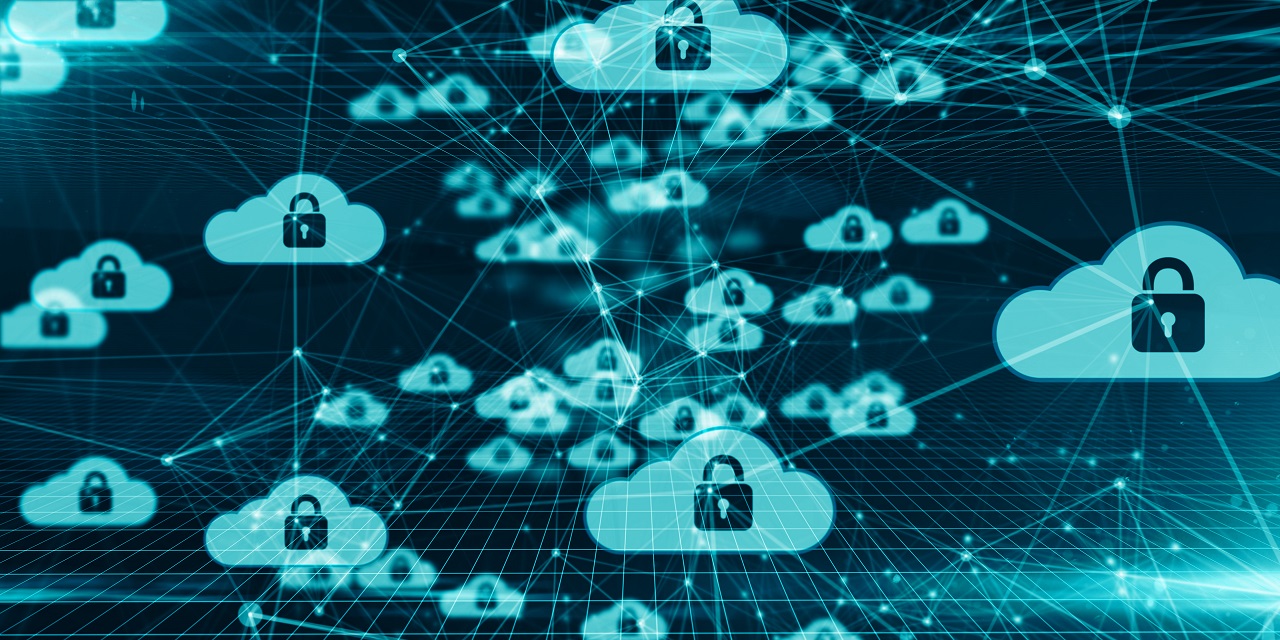
Auditing the compliance of cloud-based IT system vendors is essential to ensure efficient and secure operational processes.
Customer expectations should include the ability to view audit reports conducted by independent auditors.
A Cloud service provider (CSP) should ensure that customers have access to these audit reports, which outline customer-specific data and applications usage.
Auditors of cloud services tend to primarily focus on security and privacy concerns, consisting of three main aspects.
These topics include: understanding the internal control environment, gaining access to the corporate audit trail, and examining the management and control facilities.
What is a Cloud Audit?
A cloud audit is a company’s way of accessing the services of its cloud vendor. Here, the company will look into the vulnerabilities and the benefits of using the cloud services provided by a certain vendor. They can do this manually or by the use of Vulnerability and Pen Testing tools (VPAT). All in all, the organizations will make sure that the cloud services they are using are in compliance with the security regulations and provide all the required tools.
With the use of these tools, the companies can review several critical cloud-based services which include analysis of configuration settings, monitoring the access control lists, evaluating the activity logs, and automating the security policies.
What Is Cloud Compliance?
Cloud compliance can be defined as fulfilling the cloud service criteria or requirements of an industry or client. For instance, a company may need automated cloud-based services with enhanced security, and cloud compliance will determine whether these services are right for the organization. Therefore, complying with the requirements of the client in providing the cloud-based services is termed cloud compliance.
3 Steps for Auditing a Cloud Service Provider
1. Understand the Internal Control Environment of a CSP
Customers of a cloud service provider require confirmation that the security controls of the cloud environment meet their requirements.
This assurance must be provided by auditors who work independently.
There are several key controls that auditors use to audit cloud services:
- Separation of customer data and applications, in the context of shared environments
- Protection of customer assets from unsanctioned access by the provider’s staff
- Safety of customer online property from both intentional and unintentional access by customer employees or associates
Interested in finding out more about Cloud Security? Check out this free whitepaper on how to ensure complete print security in the Cloud.
2. Access to the corporate audit trail
While auditing the cloud service environment is crucial, access to the audit trail is equally important. Auditors must ensure that all required information is recorded sufficiently and securely by the CSP.
Customers should also have access to logs and events to validate the security controls set by the provider.
To increase the transparency of security controls around the customer’s applications and data, there should be a regular exchange of communication between the CSP and client-organization.
Automated access to regularly updated logs and reports, time-sensitive notifications for critical security alerts, and incident management documentation should be passed on to customers.
3. Security of Cloud Service Facilities
Along with offering cloud services as their core product, cloud-service providers also facilitate the management of cloud service usage through providing customers with several features.
Some of these features include:
- Payment procedures
- Subscription settings
- Usage rate
- Usage breakdown
The security measures of these features are much more regulated as the potential risk is much higher. Along with auditing the security of the core cloud service product, auditors must also audit the security of these additional services.
A complete audit of a CSP’s environment is necessary for security and privacy concerns.
Audits should be performed by certified independent auditors, and must be based on established controls for auditing a cloud services environment.
Customers should also be given access to all relevant audit information, along with secure access to facilities that manage the cloud services they receive.
Are you looking to achieve an efficient and secure cloud printing infrastructure? Check out our FREE whitepaper on how to ensure complete print security in the cloud.
Try UniPrint InfinityCloud
Whether you are printing at the office or at home, UniPrint InfinityCloud is the cloud printing solution of choice for your organization.
Recent Posts
- Why Traditional Printing No Longer Works In Your Office
- How to Streamline and Modernize Printing in Healthcare Environment
- When Print Management Becomes a Crisis: How to Act Fast
- 10 Ways Cloud Print Management Can Increase Security to Prevent Data Loss and Increase Productivity
- Serverless Printing 101: A Beginner’s Guide to Going Server-Free with Print
- Cloud Printing Management: The Secret to Fewer Help Desk Tickets
- Why Should You Outsource Printing Management? A Comprehensive Overview
- How Cloud Print Management Prevents Print Server Vulnerabilities
- Is Printing Dead?
- How InfinityCloud Outshines Microsoft Universal Print in 2024
- See All








